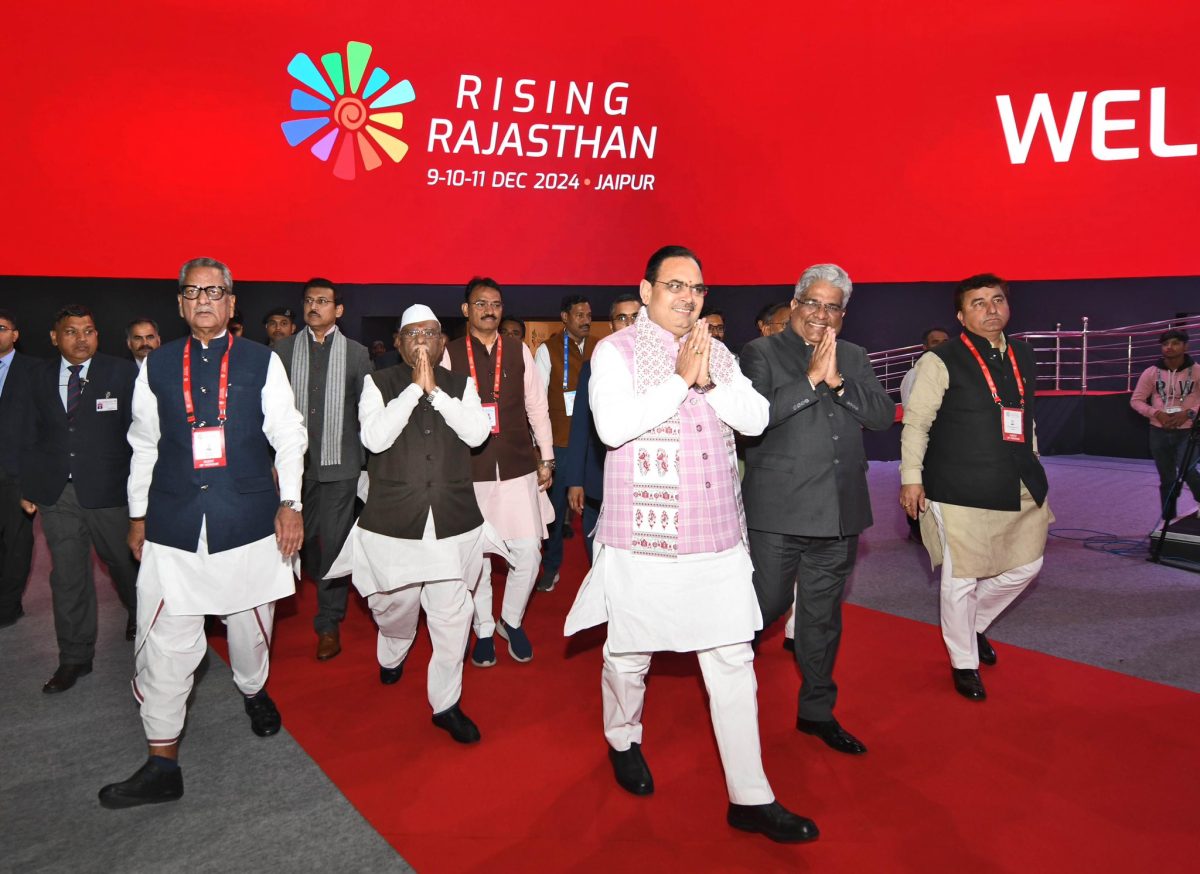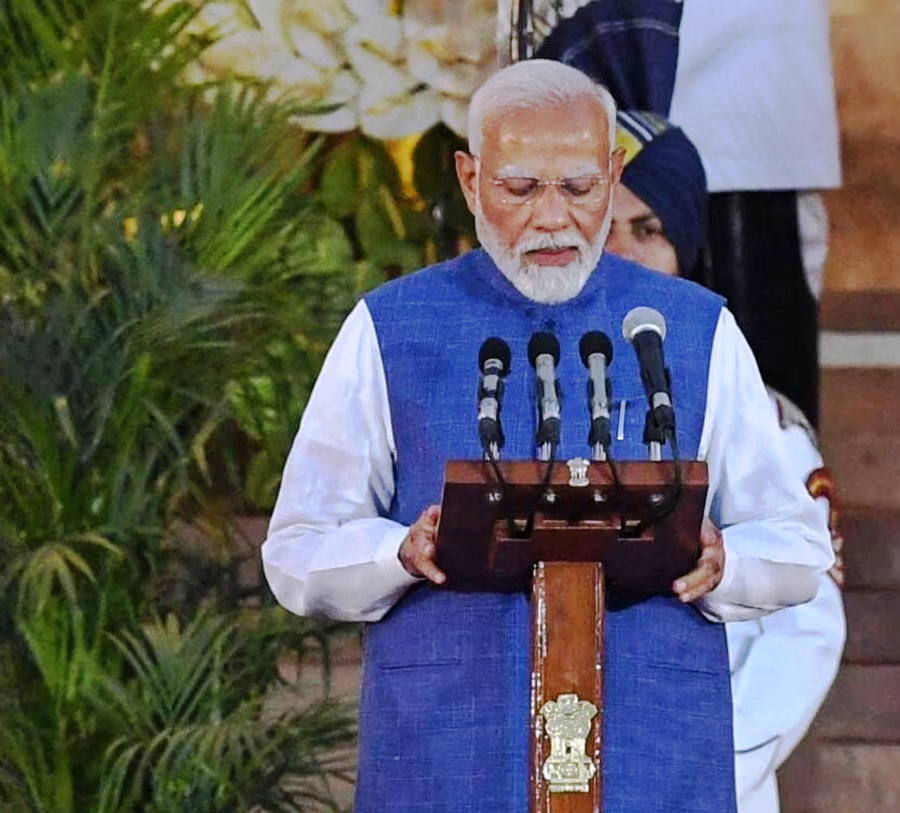Huge Scope In Urban Affordable Housing, Says Anurag Sharma

Huge Scope In Urban Affordable Housing, Says Anurag Sharma
A demographic trend suggests that India is on the verge of large scale urbanization over the next few decades. With more than one crore population getting added to urban areas, India’s urban population is expected to reach about 81 crore by 2050.
Housing, a basic need for humans, could play an important role in accommodating high urban growth in India. However, several structural issues such as high gestation period of housing projects, limited and expensive capital, spiraling land and construction cost, high fees and taxes, unfavorable development norms and low affordability by Economical Weaker Section (EWS) and Lower Income Group (LIG) households are bottlenecks restricting desired growth in housing stock in India with respect to housing demand.
As per studies conducted by the Ministry of Rural Development and the Ministry of Housing and Urban Poverty Alleviation, it is estimated that almost a quarter of Indian households lack adequate housing facility.
The central government acknowledges the importance of housing issue in the country and has launched a massive campaign that promises to provide housing to all its citizens by the year 2022. As per a KPMG estimate, the vision would require development of about 11 crore houses with investments of over $2 trillion.
Most of the housing development may need to be done for EWS/LIG households (in both rural and urban areas) whose income is less than Rs 2 lakh per annum.
It is considered that the urban affordable housing would require the central and state governments’ renewed focus, as this segment may require almost half of the total investments envisaged.
The government needs to accelerate the efforts to broad-base and significantly augment public-private-partnership programmes introduced in the past. In order to achieve this, several requisite
policies and regulations promoting better coordination between housing stakeholders; delegation of power to urban local bodies; reduction in project gestation period; rationalisation of fees and taxes; a relook at development norms; empowerment of EWS/LIG households; and steps for reduction in project cost and schedule overruns need to be evaluated.





